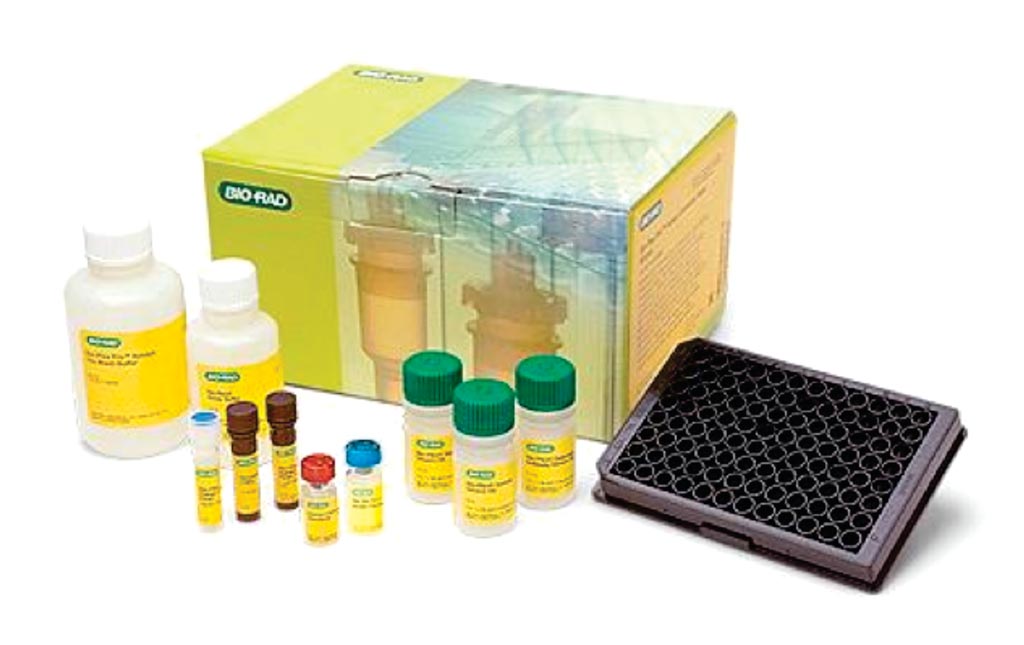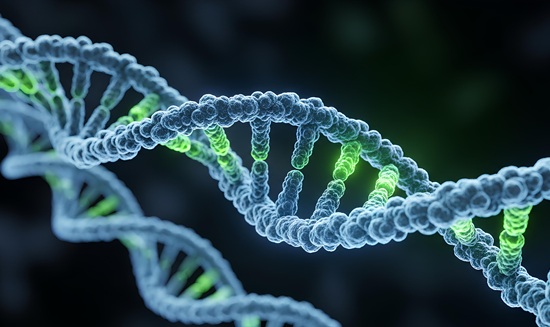Biomarkers May Predict Zika-Related Birth Defects
By LabMedica International staff writers
Posted on 13 Nov 2018
To date, approximately 800,000 cases of suspected and confirmed autochthonous Zika virus (ZIKV) infections have been reported in the Americas. Most people infected with the Zika virus experience no symptoms or mild illness with low-grade fever.Posted on 13 Nov 2018
However, fetuses exposed to Zika in the womb are at risk for devastating neurological defects. One of those defects, microcephaly, a smaller-than-usual head size, gained prominence in 2015 with Brazil reporting an unusual number of cases in babies born to mothers infected with the virus.

Image: The Bio-Plex Pro Human Inflammation Assays enable the detection and quantification of 37 key biomarkers of inflammation in a single assay (Photo courtesy of Bio-Rad Laboratories).
Scientists from the University of Southern California (Los Angeles, CA, USA) and their colleagues obtained peripheral blood specimens from pregnant women aged 16–46 years old: healthy pregnant controls in non-ZIKV endemic Los Angeles, and healthy pregnant controls, as well as symptomatic ZIKV+ subjects in ZIKV-endemic Rio de Janeiro. Pregnancy was categorized into three trimesters based on the following: first trimester ≤13 weeks, second trimester 14–28 weeks and third trimester ≥29 weeks.
The team performed viral load detection of ZIKV in sera and urine specimens using qRT-PCR assays with the QuantiTect Probe RT-PCR kit. Multiplex immunoassays and enzyme-linked immunosorbent assay (ELISAs) were performed on serum specimens using Bio-Plex Pro human inflammation (37-plex) and chemokine (40-plex) panel assays and CCL2, and TNFRSF1A, CD163 and CCL22 ELISAs.
The investigators reported that extensive multiplexing analysis of 69 cytokines revealed that CXCL10, CCL2, and CCL8 chemokines were specifically associated with symptomatic ZIKV+ infection during pregnancy, and distinct immunoprofiles were detected at different trimesters in ZIKV-infected pregnant women. Intriguingly, the high CCL2 level and its inverse correlation with CD163, TNFRSF1A, and CCL22 levels was apparently associated with ZIKV-induced abnormal birth.
Weiqiang Chen, PhD, a research associate and co-author of the study, said, “Ultrasound is routinely used during pregnancy to check a baby's condition, but there's a limit to what can be seen. Magnetic resonance imaging can give clear, high-resolution 'snapshots' of the fetus, but there are safety concerns for the baby and it is recommended for second- and third-trimester pregnancy. Our findings identified a panel of biomarkers which may potentially be useful in predicting Zika-associated fetal outcomes regardless of pregnancy stages, simply by evaluating the mothers' blood.” The study was published on November 2, 2018, in the Journal of Clinical Investigation Insight.
Related Links:
University of Southern California














